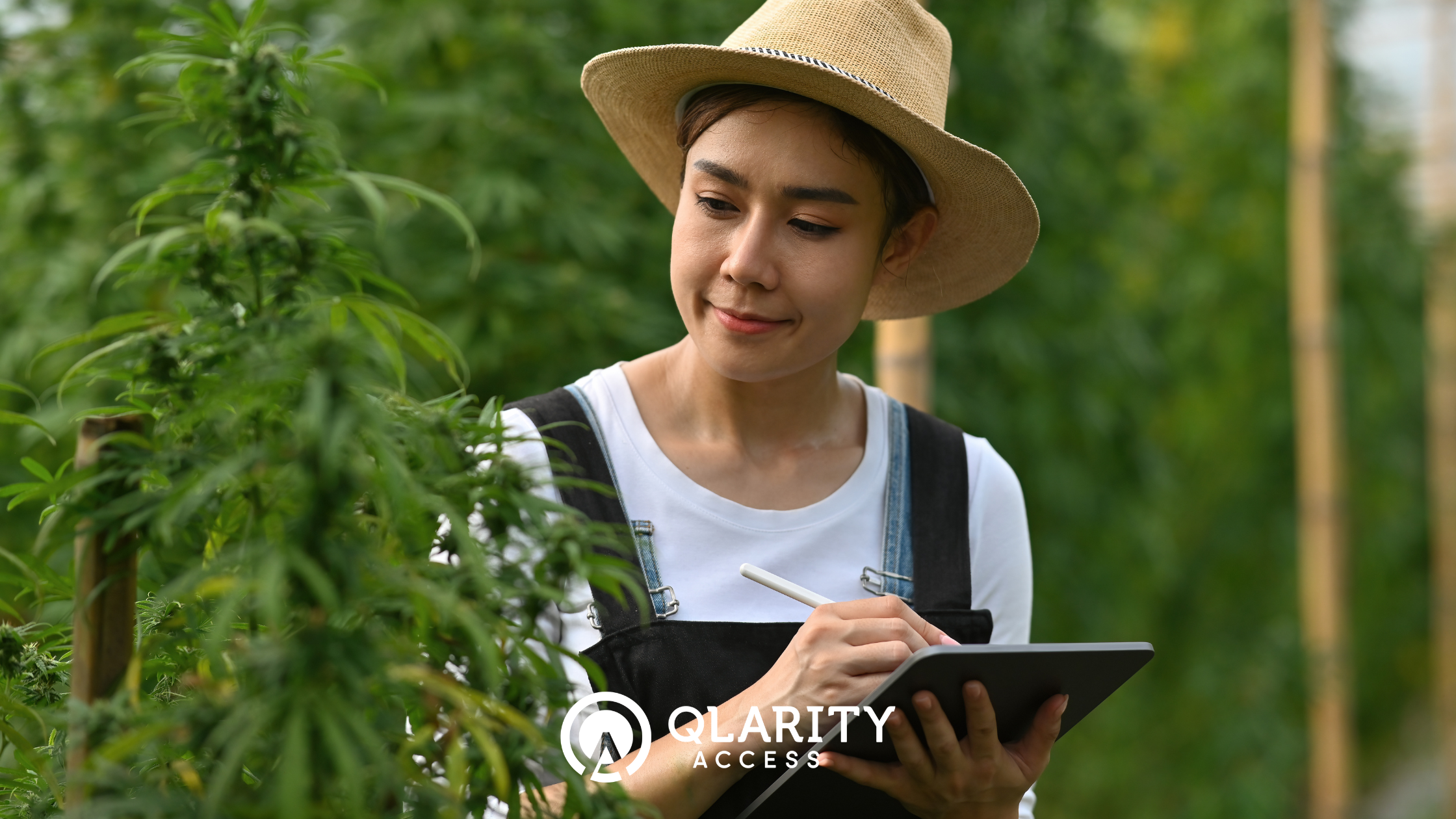
New Agricultural Research Charts the Future of Farming Through Data
Agriculture has seen dramatic changes in the past several decades that are transforming familiar pastoral scenes in exciting ways. Automation, big data analysis, virtual consolidation and technology all strive towards the common goal of increasing yields while using fewer resources. So what does the future of farming hold?
These developments could not come at a better time, either. The U.N. Food and Agricultural Organization (FAO) anticipates that the global population will hit 9 billion by 2050, corresponding with a 60 percent increase in demand for agricultural products.
To see how farmers and agricultural scientists are addressing this coming change, industry thought leaders like the Boston Consulting Group (BCG) have turned to research firms and survey data. Here is what they have found:

Precision Farming as the New Normal
Precision farming involves data that encompasses global yield analysis as well as details down to the granular scale — often literally. Farmers can examine data on the level of the square meter or even individual plants to monitor conditions while determining the optimal level of inputs needed. Adjustments can be made automatically to suit incremental variables that are often found between fields and even within them.
“In the past decade,” BCG writes, “precision farming has already begun to revolutionize farming practices, and we expect its growing influence to promote improvements in variable-rate applications in seeding, fertilizing and crop protection.” 60 percent of farmers interviewed felt that this trend will continue until, by 2030, nearly every agricultural operation will utilize precision farming during their day-to-day practices.
“Smart” Agricultural Technology on the Rise
BCG charts precision farming trends through the monitoring of patents. They discovered that an increased number of sensors, on-board equipment software and wireless communication capabilities are in the works — more than 5,000 patents in total.
We will soon see the “internet of things” moving out of buildings and into the fields. For example, plows will be able to report substrate conditions as they bite through topsoil while also using load data from the tractor to adjust performance based on weight.
Field Consolidation and Labor Shortages
An unfortunate trend revealed during survey and data research is that fewer young workers are following in their family’s agricultural footsteps. As a result, many older farmers will be forced to sell their land when they become old enough to retire.
BCG states that “our interviews with European farmers suggest that farmland consolidation and a labor shortage will be among the major trends affecting farming structures through 2030. The labor shortage will intensify as a growing number of family members choose to pursue careers outside of farming.”
Fortunately, data-driven techniques can allow “virtual consolidation,” where cooperative farmers can harness data sources from multiple nearby fields to coordinate optimization and increase yields. Advances like these hold promise for the industry even as the number of field hands available shrinks.
Agricultural brands that want access to these sorts of forward-thinking revelations can utilize their own survey research consultants as BCG did. Finding the right field data collection partner can be simple as long as you know how to look.



